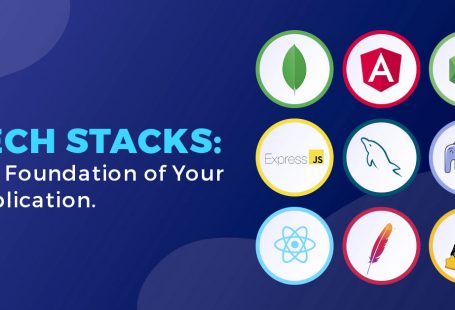One of the most exciting things about developers and their communities worldwide is the effort to always come up with something new for betterment and innovation. All these consistent solutions by a developer, a web application development company, or the community in different parts of the world tend to make the technology interesting and development tasks simpler and easier.
One such result of innovation is the serverless architecture. The trend is experiencing immeasurable momentum with the passing time.
We have covered the primary concepts of serverless programming in this write-up for you to gain a better understanding of the same for once and for all!
So, let’s put an end to the introduction here and embark on to the road of knowledge with some basics first.
What is Serverless Architecture?
In simpler terms, serverless applications can be explained as event-driven cloud-based systems, which is a system of developing applications and services with no infrastructure management. The application development depends on the integration with third-party services, client-side logic, etc.
Serverless, technically, is a cloud computing execution model where via the cloud provider, happens the dynamic allocation and provisioning of servers. An application that is developed with serverless architecture runs in event-triggered, ephemeral, and managed by the cloud provider stateless compute containers. The pricing here depends on the number of executions.
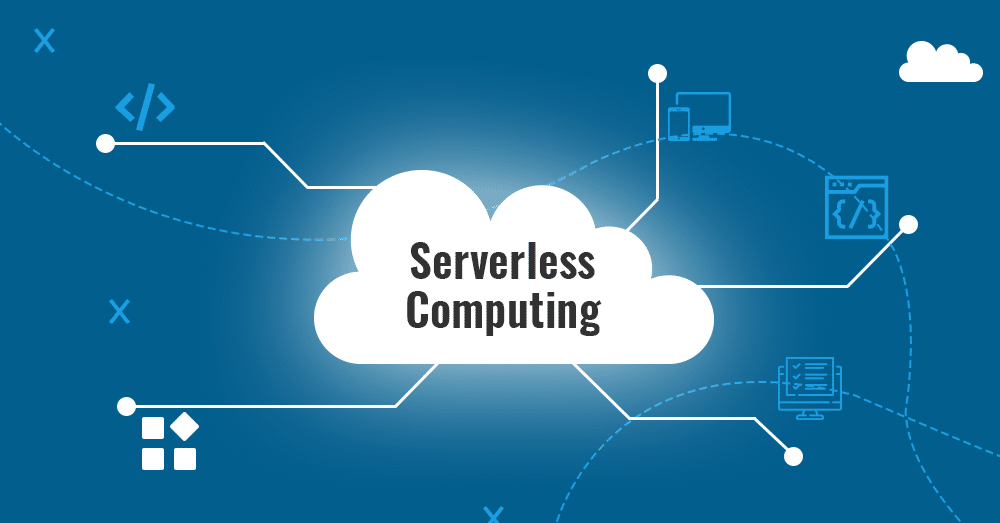
It is known as the Serverless Computing, too. The reason being, anyone who owns the system doesn’t pay for servers to run the backend code. The application runs on servers, and the cloud vendors carry out the server management.
Cloud vendors are essential for serverless computing and divided into three different types:
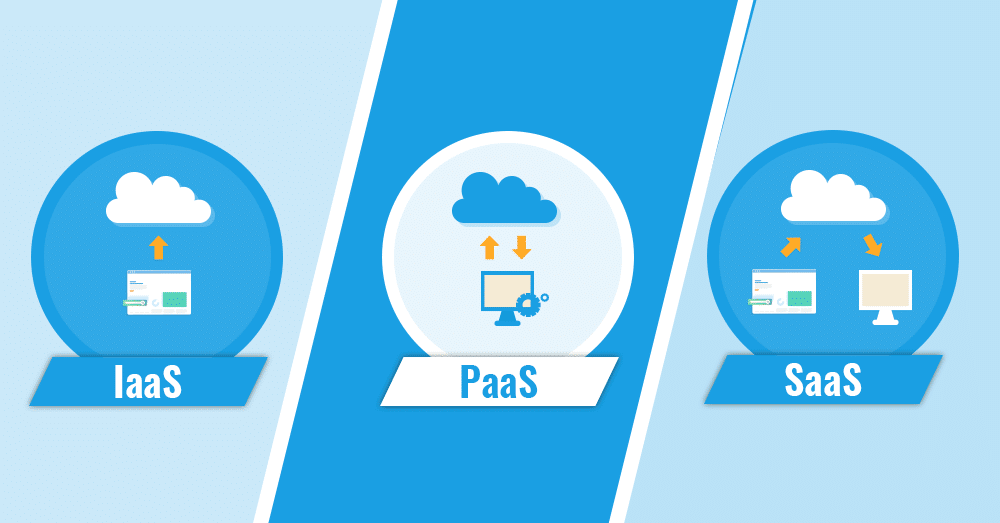
- IaaS (Infrastructure as a Service): Infrastructure as a Service is about renting various infrastructures like Virtual Machines, Servers, Storage, Operating Systems, and Networks.
- PaaS (Platform as a Service): Platform as a Service means the usage regarding software development, testing, and maintenance. PaaS, contrary to IaaS, has extra tools such as DBMS, BI services, runtime environments, etc.
- SaaS (Software as a Service): This service hosts software to make them available over the Internet for clients. This provides software as services to end-users.
Several famous cloud vendors for serverless architecture are AWS Lambda, Google Cloud Functions, Azure Functions, IBM OpenWhisk, Alibaba Function Compute, Iron Functions, etc.
Difference Between Traditional & Serverless Architecture
You have worked on the path where your apps had to run on servers that were required to patch, update, and look for errors in production.
With serverless, on the contrary, you don’t need to worry about the underlying servers as they are not required to be managed by you anymore. The responsibility is of the Cloud vendors.
Yet, there are some features of traditional and serverless methods that make each one’s usage unique.
Pricing
With serverless architecture, the cost is significantly less. While the traditional way of provisioning and maintaining servers proves to be comparatively expensive.
The cost model of serverless architecture is based on execution, i.e., you get charged for the number of executions.
Networking
Talking about networking, the serverless functions are accessed only as private APIs. To access these, you have to set up an API Gateway. It restricts you from accessing them using the usual IP.
However, this is not the scene with traditional architecture.
Third-Party Dependencies
The decision in the case of third-party dependencies is more contextual based.
The applications with fewer dependencies can be assisted using the serverless architecture, while the ones that are more complex require a traditional architecture.
Environments
The action of setting up several environments with serverless architecture is relatively easy, just like setting up a single environment.
Being based on pay per execution makes it better than traditional servers. There is no need to set up dev, staging, and production machines.
Serverless architecture offers you a winning situation. Your web application development with serverless computing, in this case, proves to be more beneficial.
Scaling
The process of scaling with serverless is not just automated but seamless as well. However, there is a lack or absence of control. You can not address and mitigate errors concerned with new serverless instances.
We can say that there’s a tie between serverless architecture and traditional architecture in terms of scaling.
Security
Serverless computing is an external form, which makes a little less secure. It is thus crucial to choose a cloud service provider that ensures optimum security measures.
In traditional architecture, you are responsible for protecting your data. It calls for a significant amount of time and money to guarantee the right security strategies.
What are the Benefits of Serverless Architecture?
Speaking of the general benefits of serverless architecture, we get:
Easy Deployment: Serverless technology is truly perfect for your project. For your need to spin up your application fast, serverless technology proves to be highly beneficial. There are no more weeks or months taken for deployment; it’s just a matter of a few hours as you don’t have to run after the infrastructure part. You can devote your focus and efforts on coding and deploy or release it quickly.
Cost-Effectiveness: You can save ample with serverless by outsourcing the actions of managing servers, databases, and some logic. Serverless also consumes less computing power and human resources, which further eliminates the requirement to build a server on your own. Cost with serverless computing majorly depends upon your use case.
More Latency: Since serverless architecture has access globally, it is easier to handle users from any and every part of the world. You can scale the coveted way, and the performance of your app still won’t be affected. For instance, suppose that you are hosting a server on the west coast by means of serverless computing. It would go till the closest serverless node available on the West Coast.
Scalability: With the use of serverless technology, there is no need to bother about policies to scale up the codes.
Your serverless vendor handles the scaling as per your demand.
Friendly Hosting & Computing: Companies hosting data centers or their own servers run the servers all time. A large number of resources, energy, etc. are utilized to build and make them work. But, in serverless architecture, a server is bought based on demand reducing the consumption of resources.
Advanced Flexibility: Beginning and implementation with serverless architecture are easier in comparison to the traditional approach. The results are instant, and you can immediately move on to building the next feature or project.
The business adapting the serverless technology and the user using the same on the front-end are connected.
So, the advantage of serverless computing based on these two very major, critical, and different perspectives, its benefits are:
From the Perspective of Business
- The cost relies on the number of function executions. Rather than hours, it is measured in milliseconds.
- The smaller deployable units cause faster delivery of features and increase the adaptability to change.
- The operational costs get reduced.
From the Perspective of User
- With businesses using the competitive edge to ship features faster, the customers get to receive new features.
- Users may provide their own storage backend, i.e., Dropbox or Google Drive.
- Apps with serverless architecture offer client-side caching for a better offline experience.
Serverless Architecture: Use Cases

Serverless computing, for its amazing qualities, can be used for multiple purposes. However, the most common ones are:
Serverless computing, for its amazing qualities, can be used for multiple purposes. However, the most common ones are:
Application Development
Out of so many, one of the most prevalent uses of serverless computing is building backend APIs for mobile and web applications.
Serverless APIs are simple to build and handle. They perform pretty well under a situation of the fluctuating load.
WebSockets
The trend of real-time communication in the industry has become so common that it is impossible to ignore it. WebSockets here come up as a great way to serve the same with multiple offerings such as chat functionality, multiplayer online games, pushing data back and forth in real-time, etc. API Gateway initializes and handles WebSocket connections for you with clients. Only a Lambda function is then triggered when the client sends a message. Post this, you just have to respond to a request in a serverless way. API Gateway will do the rest.
Internet of Things
The IoT (Internet of Things) is considered as a system of interrelated, internet-connected objects. These objects can collect data and transfer it through a wireless network. There is no human interference involved.
And go along very well with serverless. For instance, Alexa and iRobot are quite famous and well-recognized serverless users.
Cron Jobs
Cron jobs are so significant that we may fall short of words to describe their importance!
Cleaning up log files on the server, triggering ETL tasks, scheduling nightly email reports, almost everything is done through them.
The Cron Jobs are an excellent case of use with serverless technology if you plan or want to run something outside your primary application.
Multimedia Processing Applications
If your business or project involves images and videos, serverless architecture can prove to be a good option. A storage service like AWS S3 can be brought effectively to use to store your data. The upload event triggers a lambda function after an upload. The asynchronous processing of your file then happens.
Isn’t it fascinating that while your users are using and enjoying the app, an available and scalable back-end service is processing the upload as per the non-blocking way?
Mobile Backends
You get an entrance spot to your business functions with the API gateway. Several serverless services like AWS AppSync make you access, manipulate, and combine data securely from multiple sources in real-time.
What are the Serverless Frameworks?
In order to set up a serverless platform, you require an infrastructure that permits them to be executed. And a serverless framework allows building and deploying serverless cloud apps.
Some popular serverless frameworks allowing to explore more aspects out of serverless computing are:
Amplify Framework
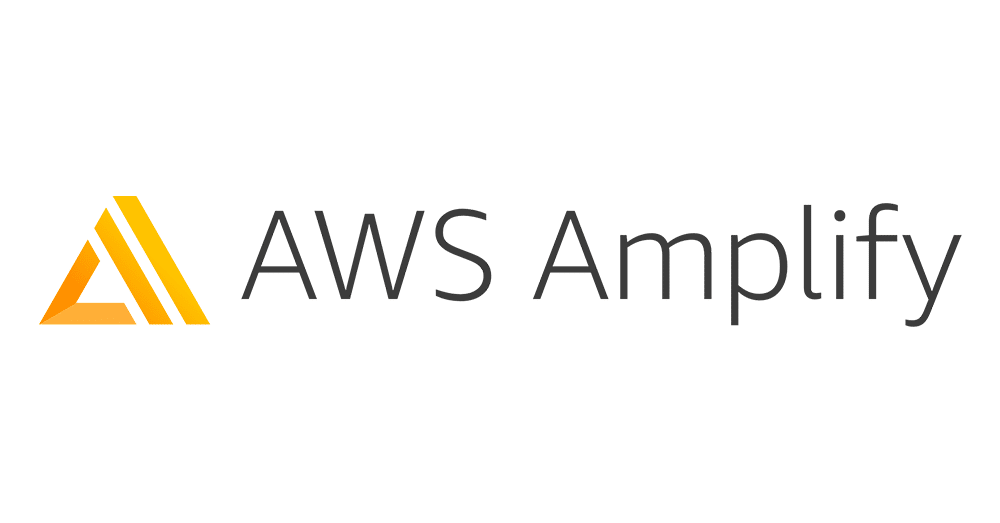
Amplify Framework is an open-source framework assisting with cloud-enabled application development. It offers a set of libraries, UI components, and a CLI (Command Line Interface).
Architect
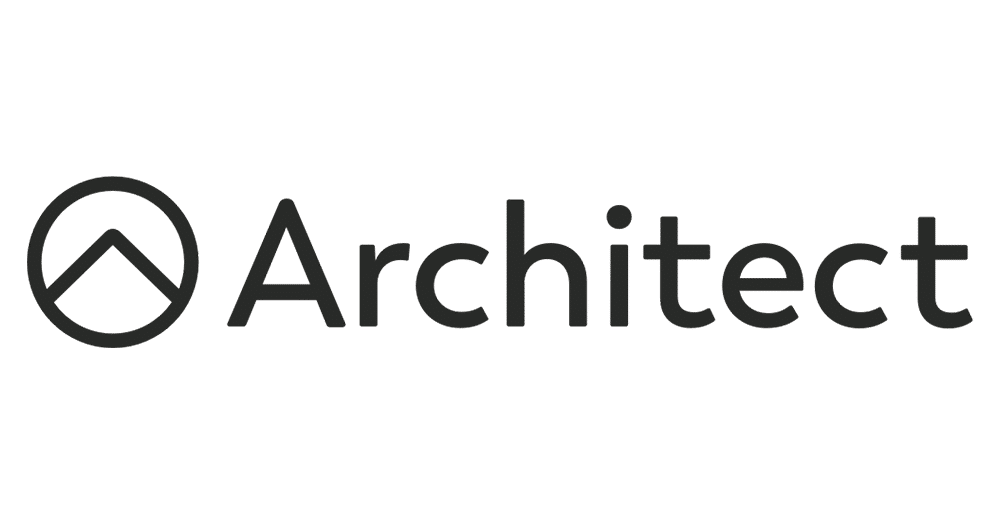
Up
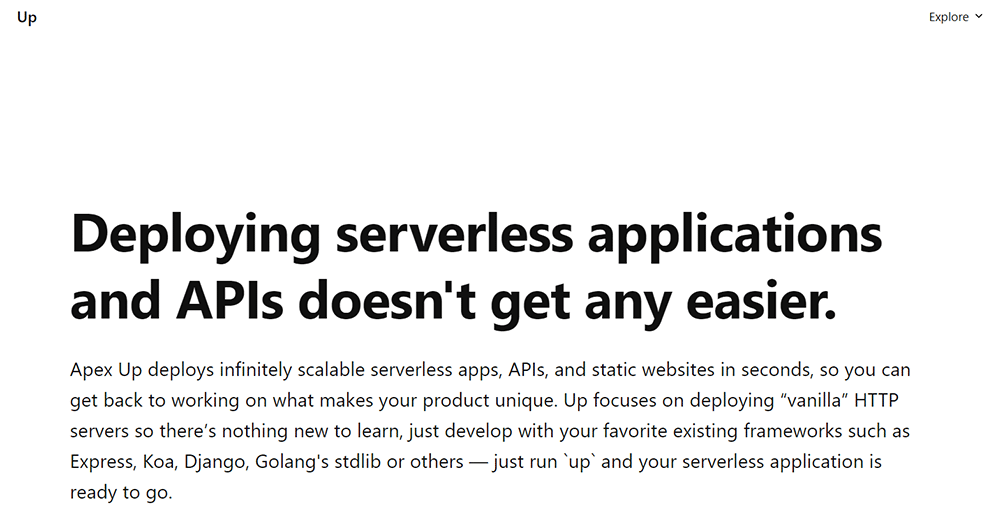
Up is a framework that enables you to equip your serverless applications with excellent scalability potential. It extends its support for Node.js, Golang, Python, Java, and Crystal. You can also bring it to use to support AWS Lambda and deploy static websites, APIs.
The Final Thoughts
Serverless architecture is indeed a fascinating trend to know and adapt. The serverless web application development has a fair amount of qualities associated with it that make it suitable, if not in every, then in most situations.
Proceeding ahead with a request-driven move of serverless architecture could be a great decision for your aspirations.
But to avail the most fruitful results out of it, you must know what components and size your app is going will have. If serverless then fits the criteria, you should use it with all acceptance!
Make sure to monitor your serverless environment and obtain insights concerning what to improve and where. You see, the efficacy and success with serverless computing is highly based on the requirements of your business or a project.
When used in the right place appropriately, you can reduce the cost and effort to a significant extent!





